Ecuador, officially the Republic of Ecuador (Spanish: República del Ecuador, which literally translates as “Republic of the Equator“) is a representative democratic republic in northwestern South America, bordered by Colombia on the north, Peru on the east and south, and the Pacific Ocean to the west. Ecuador also includes the Galápagos Islands in the Pacific, about 1,000 kilometres (620 mi) west of the mainland.
Wikipedia
Quito
This trip started in Quito, the capital of Ecuador, for a couple of days to allow us to explore the city before heading out to the islands. What surprised me most about this city were all the roses, every restaurant and hotel had roses on display. I was to learn that Ecuador is a huge exporter of flowers.
During our stay we took a cable car up the local mountain and found out why you shouldn’t drink at altitude – I never learn that lesson. Wow, one drink of whatever stuff it was, red with twigs in it, packed a punch.
Galápagos Islands
The Galápagos Islands (official name: Archipiélago de Colón, other Spanish names: Islas Galápagos, [ˈislas gaˈlapaɣos]) are an archipelago of volcanic islands distributed on either side of the Equator in the Pacific Ocean, 906 km (563 mi) west of continental Ecuador, of which they are a part.
The Galápagos Islands and their surrounding waters form an Ecuadorian province, a national park, and a biological marine reserve. The principal language on the islands is Spanish. The islands have a population of slightly over 25,000.
The islands are famed for their vast number of endemic species and were studied by Charles Darwin during the voyage of the Beagle. His observations and collections contributed to the inception of Darwin’s theory of evolution by natural selection.
 Although the Galápagos Islands are part of Ecuador the islands do have their own flag and a wonderful passport stamp.
Although the Galápagos Islands are part of Ecuador the islands do have their own flag and a wonderful passport stamp.
We flew to the island and then boarded the Mary Anne, which had just been brought over from cruising in the Mediterranean. This was her first voyage with guests in the Galápagos Islands. She was a beautiful sailing ship but we would find out some of her growing pains in this new location. The most fun was that they were converting her from 240 volts to 120 volts, which caused circuit breakers to continually flip and the air conditioning to go out. Remember, these islands are on the equator and it is very hot.
Everyday we would do a couple of excursions onto an island and the first one would often be early morning, before breakfast, in order to beat the heat, the second would be late afternoon when the sun had started to descend.
We would also try to get in some snorkeling each day and it was fun watching the sea lions and sharks swim around. They would keep an eye on you but as long as you left them alone they would go about their business.
Regrettably I do not recall which islands we visited, so if you recognize any of these islands please let me know and I can update the page accordingly.
Island #1
The animals on the islands are not tame, they have just learned that humans are not a threat (yet). You can usually get within 5-10 feet before they get concerned. They have not been trained or fed by people, just learned to coexist.
Island #2
Tortoises live on land, turtles live in water. They are different animals but you can easily tell the difference by looking at their feet.
There are a few farms on the islands and they have to build their fences high enough that a tortoise can easily walk under it.
Santa Cruz Island
This is the home of the Charles Darwin Research Station and below is a picture I took of Lonesome George, the last of the Pinto subspecies. He died June 24, 2012. It still bothers me to this day, see an animal go extinct and not able to do much to prevent it. I guess this is part of the reason why I am such a strong supporter of protecting nature. Extinction is forever!
Bartolomé Island and Island #4
Every island was very different and hence had different animals. It really helps you understand how Charles Darwin got his theory of evolution. Yes, they even have penguins in the Galápagos Islands!
Island #5
The tortoises on each island were different as they evolved to best survive on whatever island they were on (tortoises can’t swim) and hence became different subspecies. You can usually spot the difference by looking at their shell.
The finches on different islands have different beaks due to the different foods found. Short hard bills for seeds, or longer narrow bills for insects.
The last beach we visited had many sea turtle tracks in the sand where they had come onshore to lay their eggs. When we were leaving we even came across a couple of sea turtles mating, we left them alone. 🙂
Logistics
 This trip was organized by Mountain Travel Sobek and started and ended in Quito with airport pickup and drop-off. Everything went well with the trip but I wish I was prepared for just how hot it was going to be. Foolish me, I was thinking that being on the water would make the temperature comfortable. The Mary Anne was a beautiful sailing ship and we specifically picked these dates so that we could be on this ship. The other options were modern cabin cruises but we liked the idea of being a little more primitive, perhaps to give a feeling a little closer to what Charles Darwin may have experienced.
This trip was organized by Mountain Travel Sobek and started and ended in Quito with airport pickup and drop-off. Everything went well with the trip but I wish I was prepared for just how hot it was going to be. Foolish me, I was thinking that being on the water would make the temperature comfortable. The Mary Anne was a beautiful sailing ship and we specifically picked these dates so that we could be on this ship. The other options were modern cabin cruises but we liked the idea of being a little more primitive, perhaps to give a feeling a little closer to what Charles Darwin may have experienced.
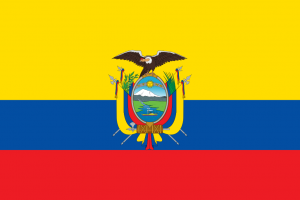
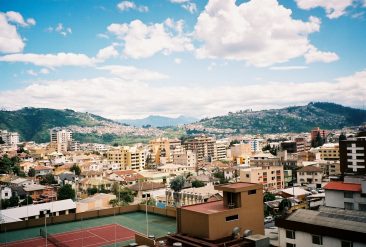
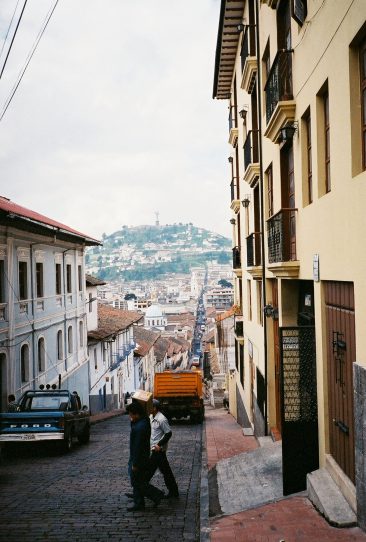
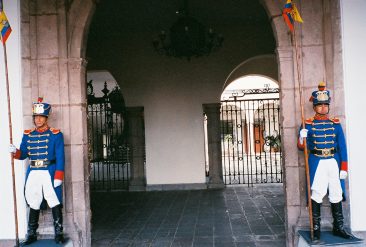
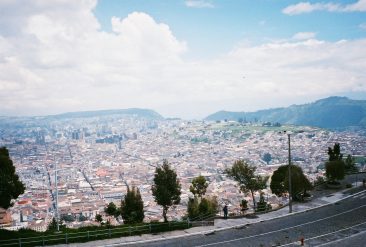
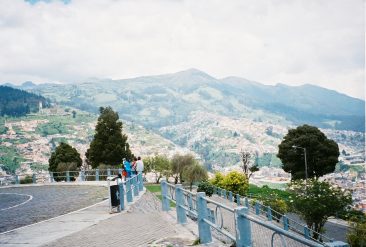
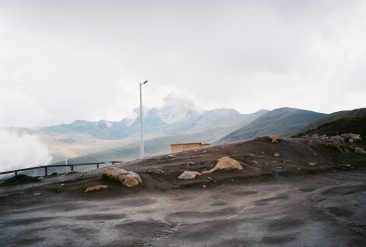
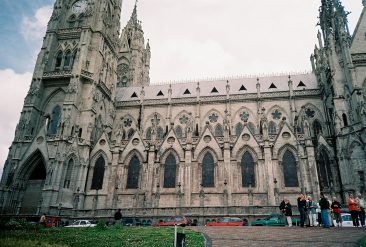

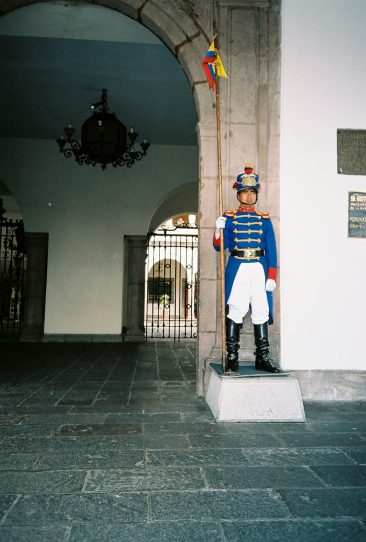
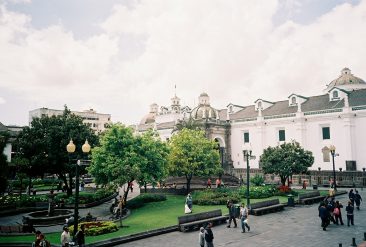
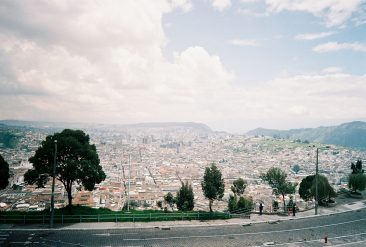

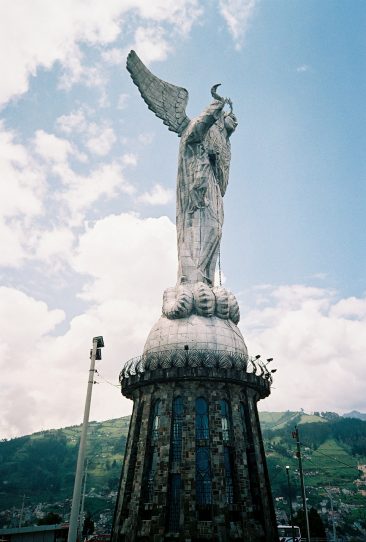
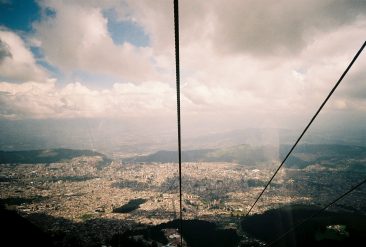
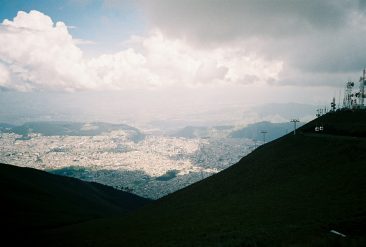
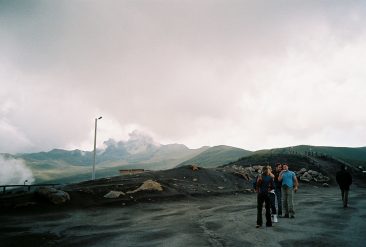
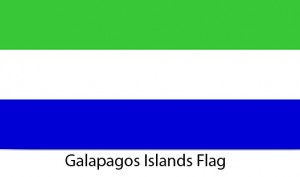
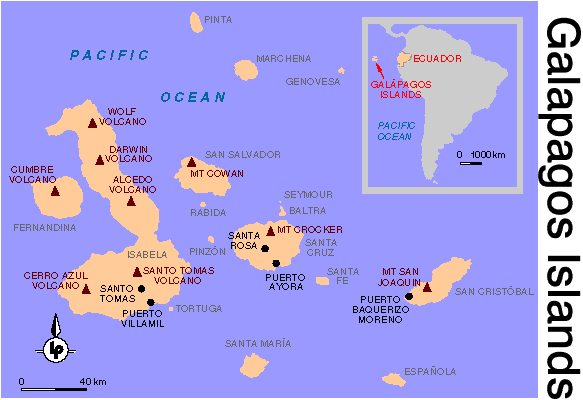
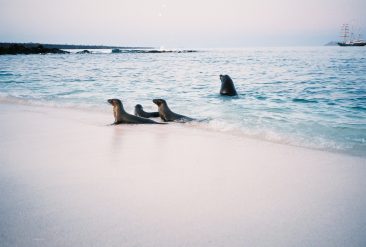
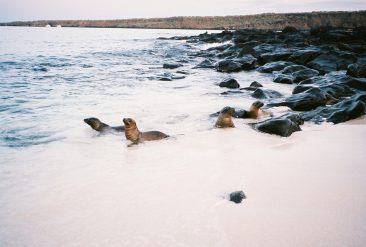
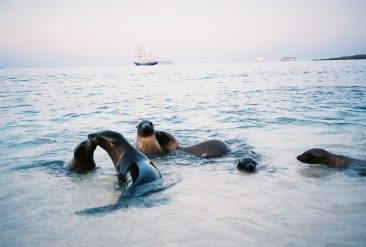
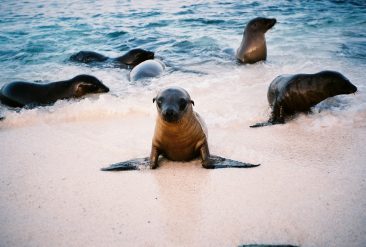
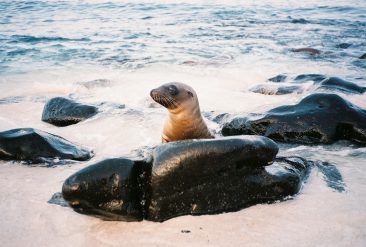
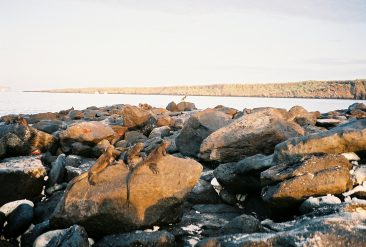

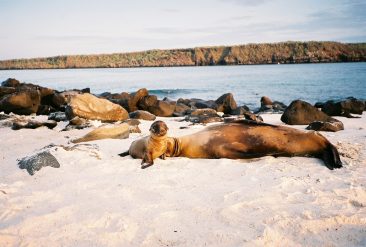

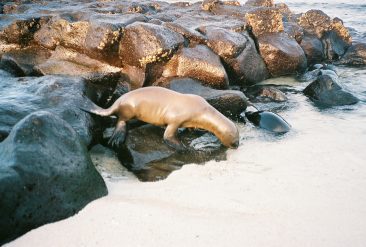
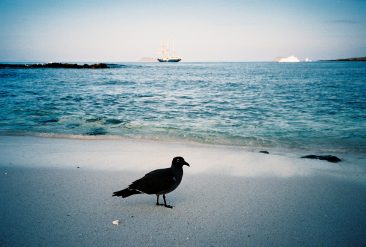
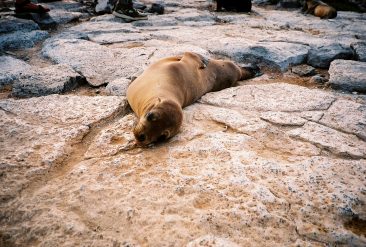
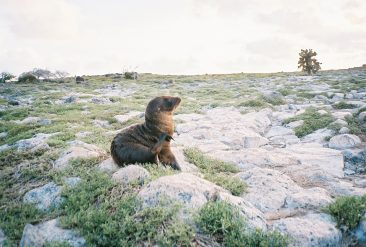
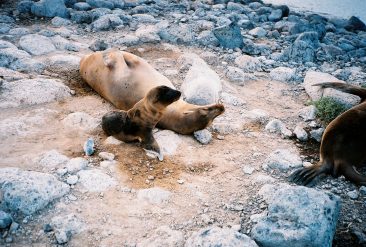
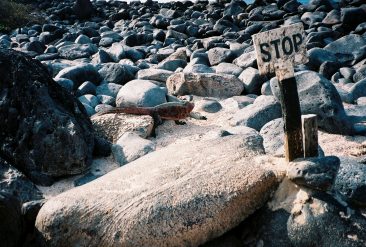
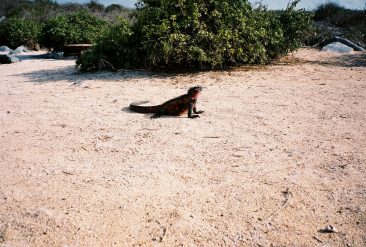
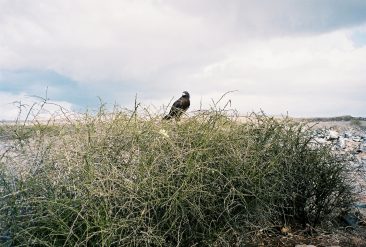
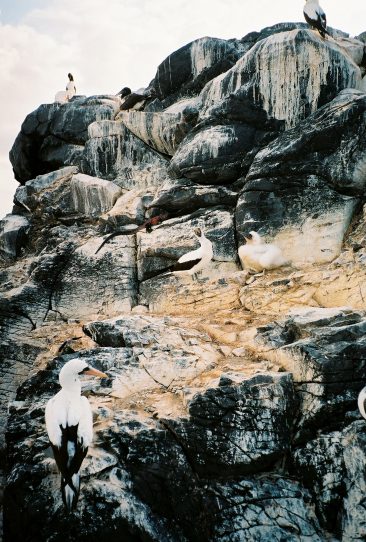

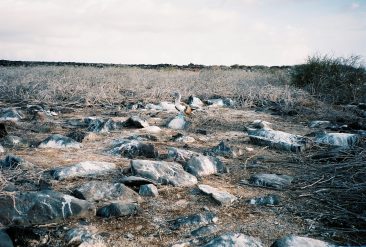
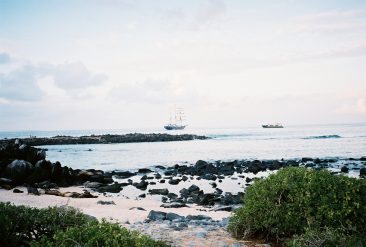
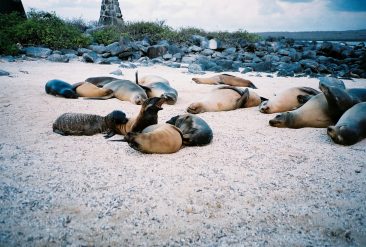
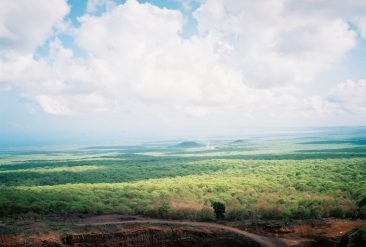
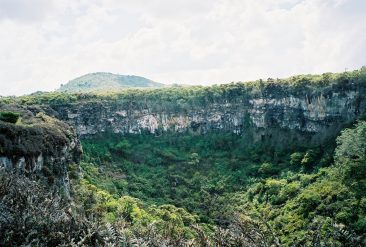
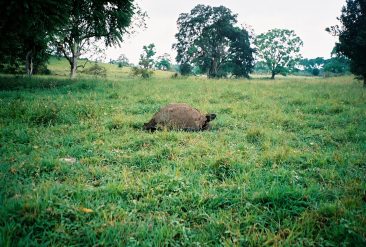


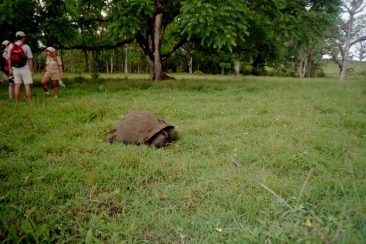
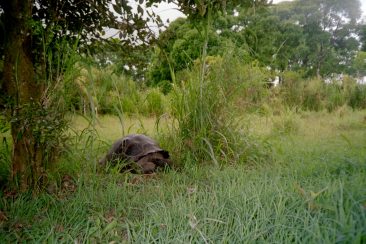
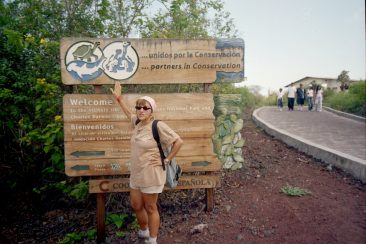
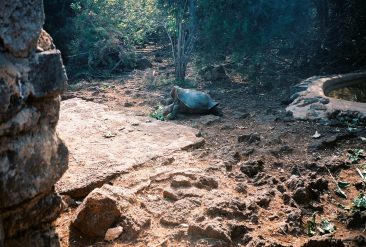
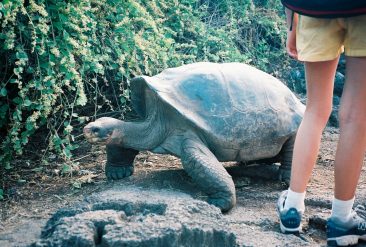
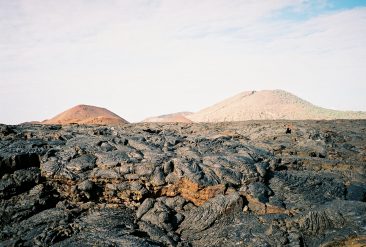
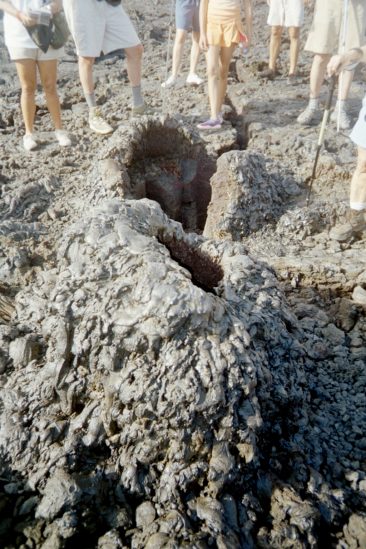
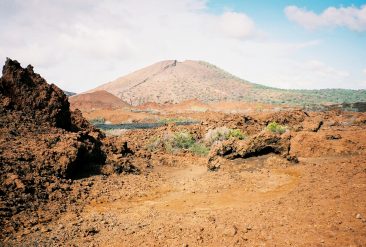
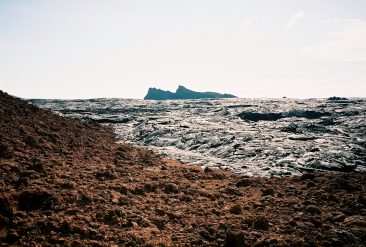
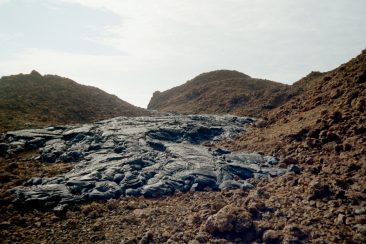
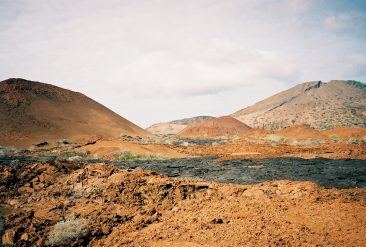
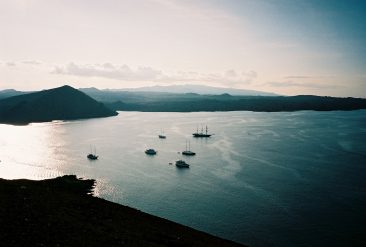
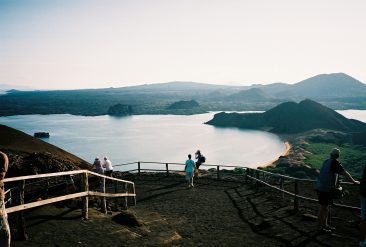
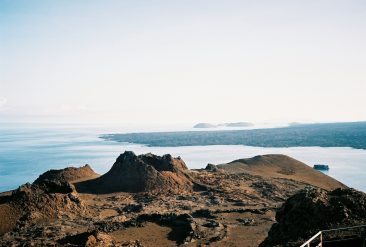
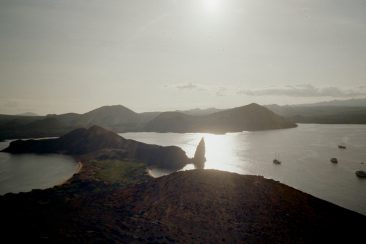
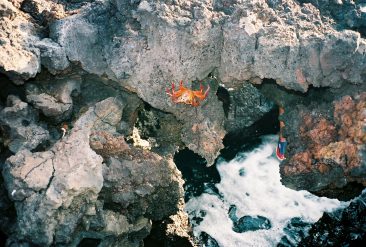
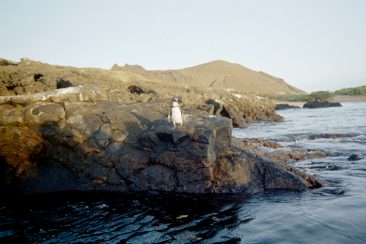
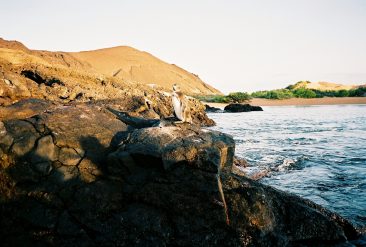
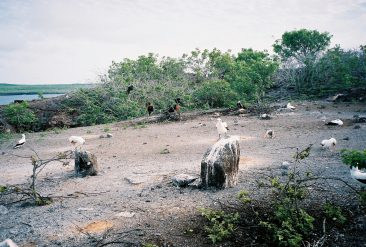
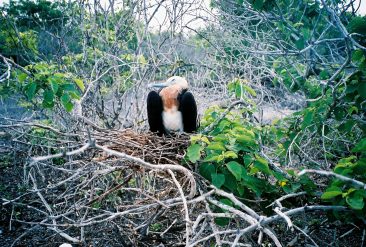
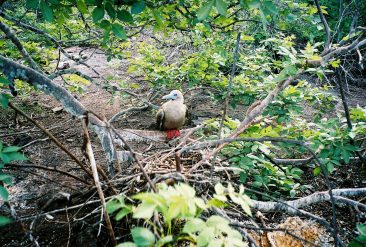
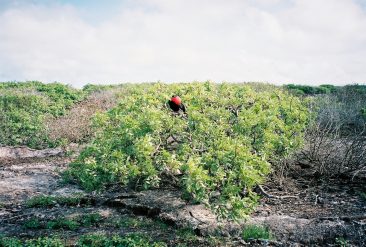
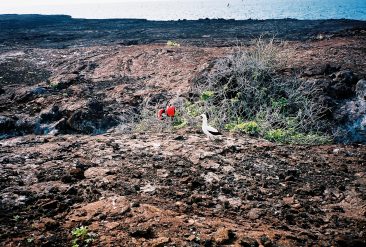


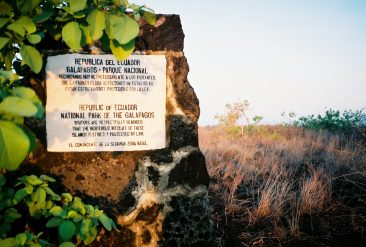

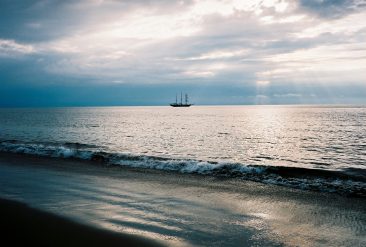
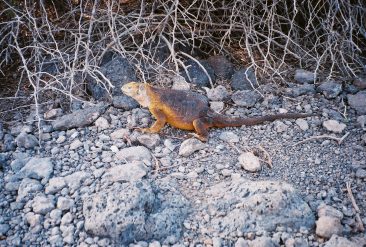

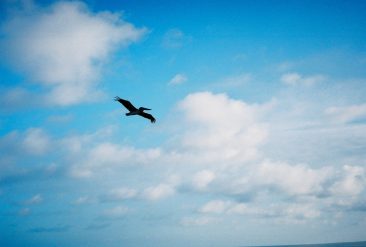
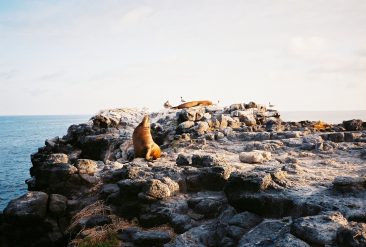
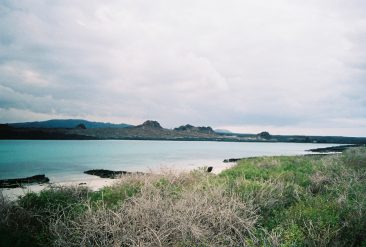

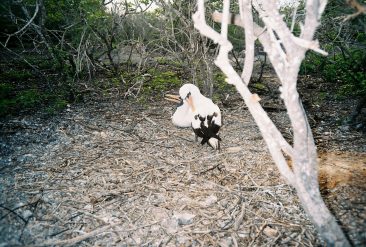
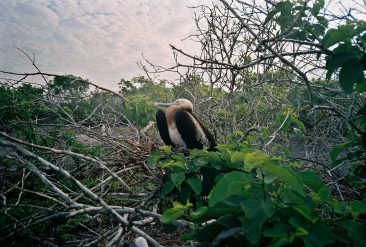
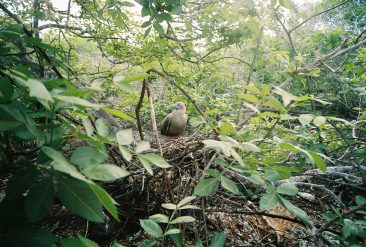
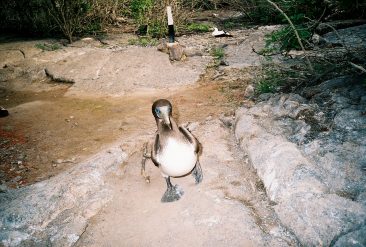
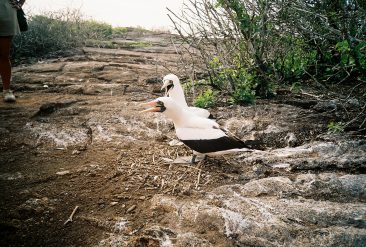
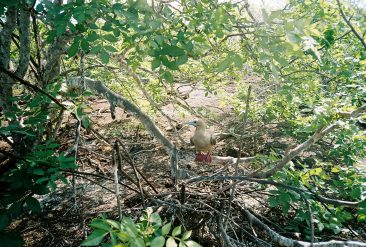

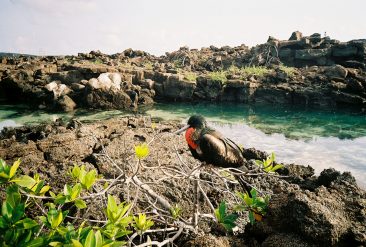
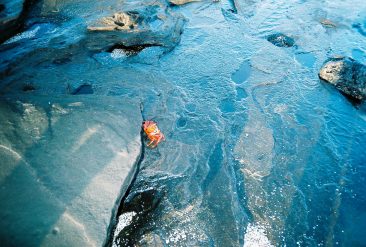
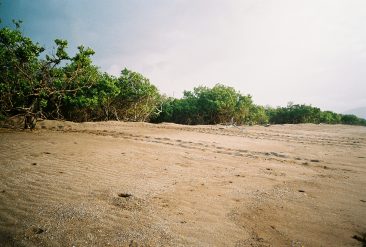

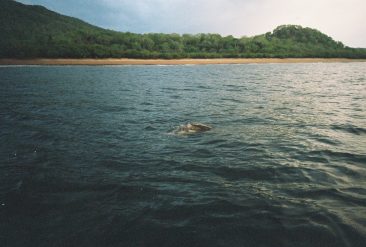
Leave a Reply